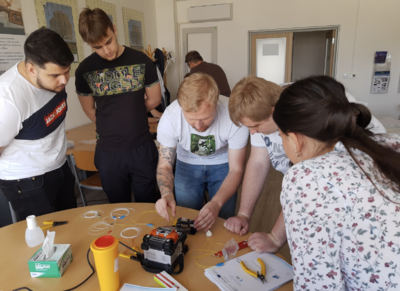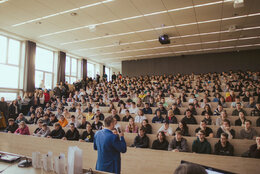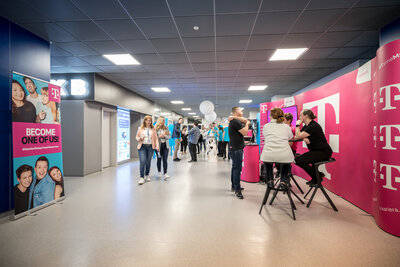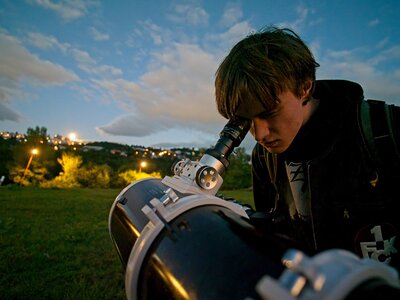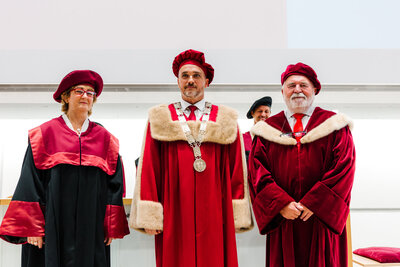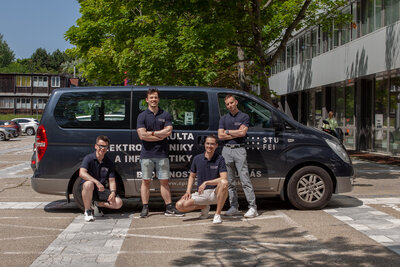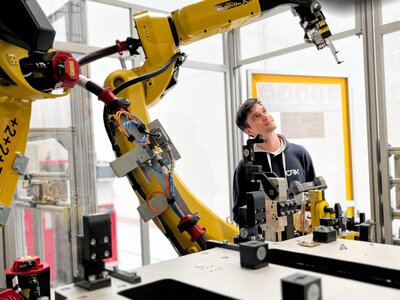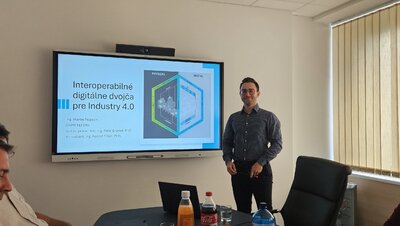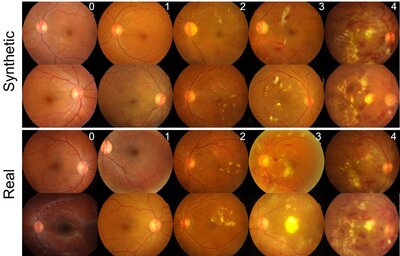Pozývame vás na prednášku zahraničného hosťa Dr. Yohan Noh z Brunel University of London Sensor Design for Medical Applications. Prednáška je otvorená aj pre verejnosť.
Kedy: 15. apríl, 15:00 | Kde: prednášková miestnosť CD300
O čom bude prednáška
The aim of my research is to develop various types of sensors (which are used for measuring one of the physical quantities) based on light intensity modulation using electro-optical sensing units for robot applications and medical devices. The light intensity modulation using electro-optical sensors, so-called optoelectronic sensors, has been implemented into sensing applications such as distance measurement and object detection.
To measure a distance, an optoelectronic sensor (consisting of an LED and photo-transistor) and a reflector are utilised. The light emitted from the LED is reflected by the reflector and is transmitted to the photo-transistor, which can convert light intensities into voltage variations. From this light intensity sensing principle, force/torque, joint angle, shape, proximity sensing, etc., can be measured.
The usage of optoelectronic sensors presents the advantages of immunity to electrical noise, low power consumption, and relatively low cost. Besides, it guarantees low-level noise without any electronic filtering and also guarantees the highest update rates (more than 10 kHz). In addition, cutting-edge technology allows optoelectronic sensors to be miniaturised, and recent advances have produced diminutive-sized optoelectronic sensors (1.0 mm x 1.5 mm x 0.6 mm), so they can be embedded into many robot applications and medical devices to measure physical quantities such as force/torque, tactile, shape, joint angle, distance sensing, etc.
In this presentation, I would like to introduce different types of the sensors I have developed so far, and how I have integrated them into robot arms, surgical flexible manipulators, and airway management training systems.
O hosťovi
He received his first B.Sc. degree from the Department of Mechanical Engineering, Seoul National University of Science and Technology, Korea (2002), and his second B.Sc. degree from the Department of Electrical Engineering from Yonsei University, Korea (2004).
He did his M.Sc. and Ph.D. at the Department of Science and Engineering (robotics), Waseda University, Tokyo, Japan, in 2007 and 2011, respectively. After this, he worked as a research associate in Robotics within the Department of Biomedical Engineering and Informatics, King's College London.
During his PhD and postdoctoral studies in the UK and Japan, he studied and proposed a great number of robotic systems for use in medicine and healthcare in Japan, Korea, and the UK. His work has resulted in more than seventy peer-reviewed papers, including sixteen journal papers and more than seventy papers in top journals and conferences on robotics. He has eleven published patents so far.
He has been fortunate to have the opportunity of involvement in the commercialisation process of a number of joint projects between academia and industry. Being ambitious to lay out a research direction that considers the commercialisation of the developed system at the beginning of a project led to the successful commercialisation of the projects, and the respective products are now being sold in the international market.
He has facilitated many collaborative activities between robotics groups in the UK, EU, and Japan through domestic and international joint projects (EU-project STIFF-FLOP, Grant No. 287728, Wellcome Trust IEH project iFIND, Grant No. 102431, and Robotics Advanced Medical Cluster, Japan). He has also been an active member of the robotics community (IEEE RAS, EMBS, ASME, RSJ, JSCAS) and has helped in the organisation of RSJ, ROMANSY, ICCAS, ROBIO, ICRA, and EMBC conferences since 2008.
Tešíme sa na vašu účasť!

